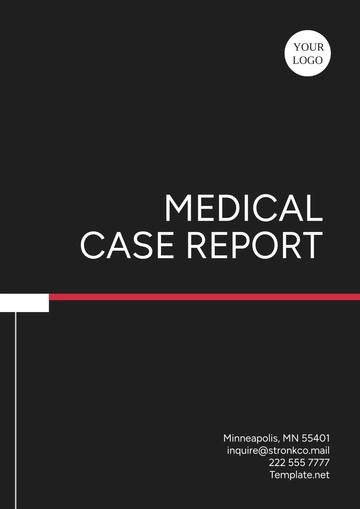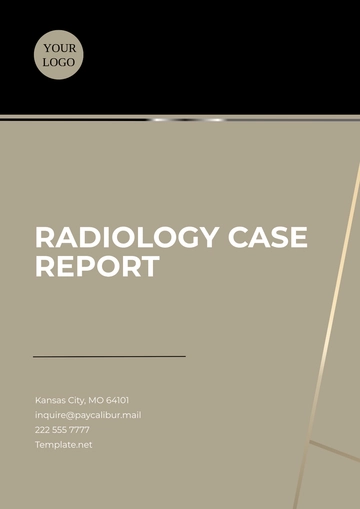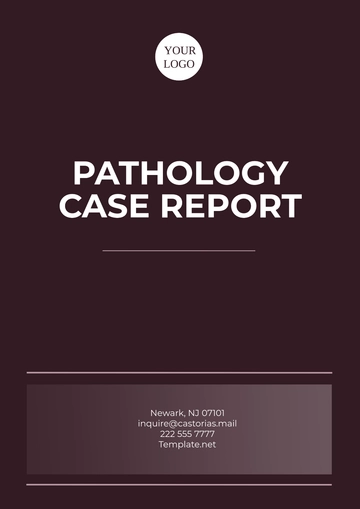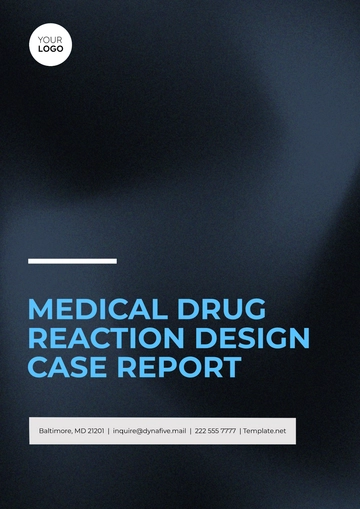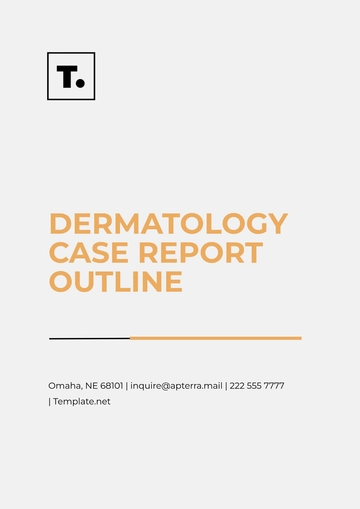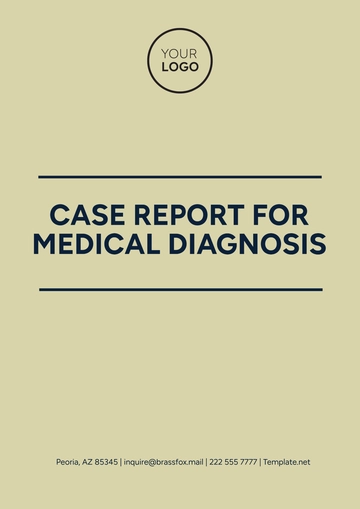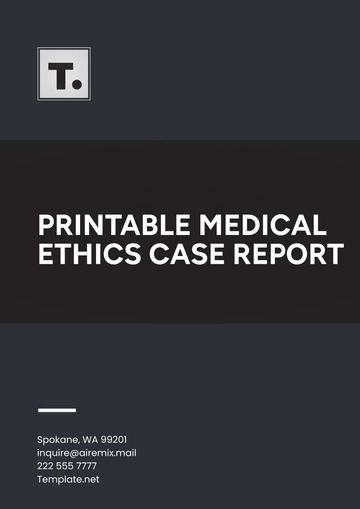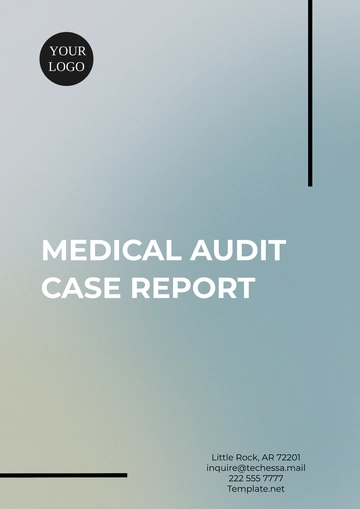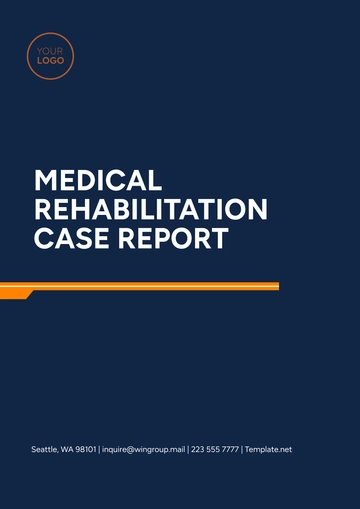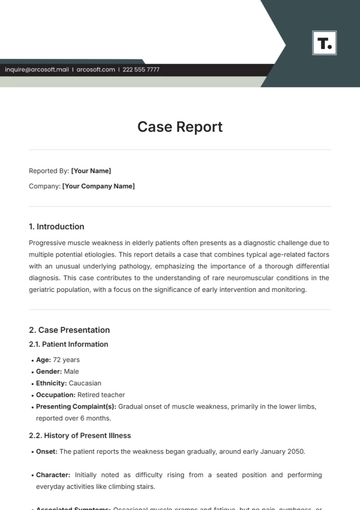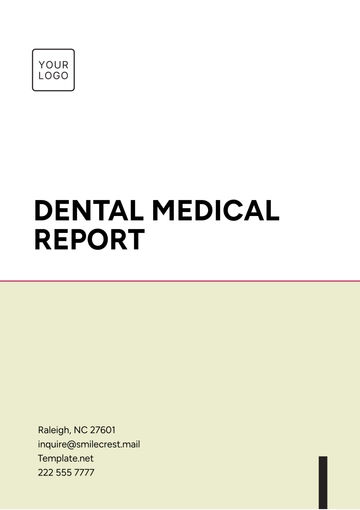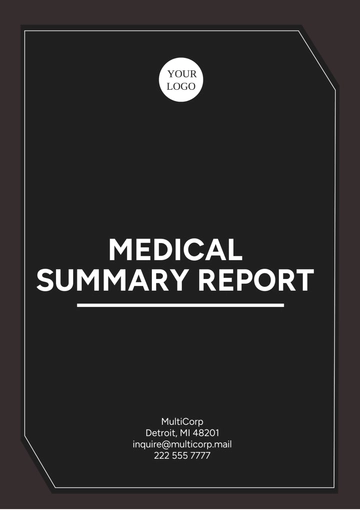Free Medical Case Report
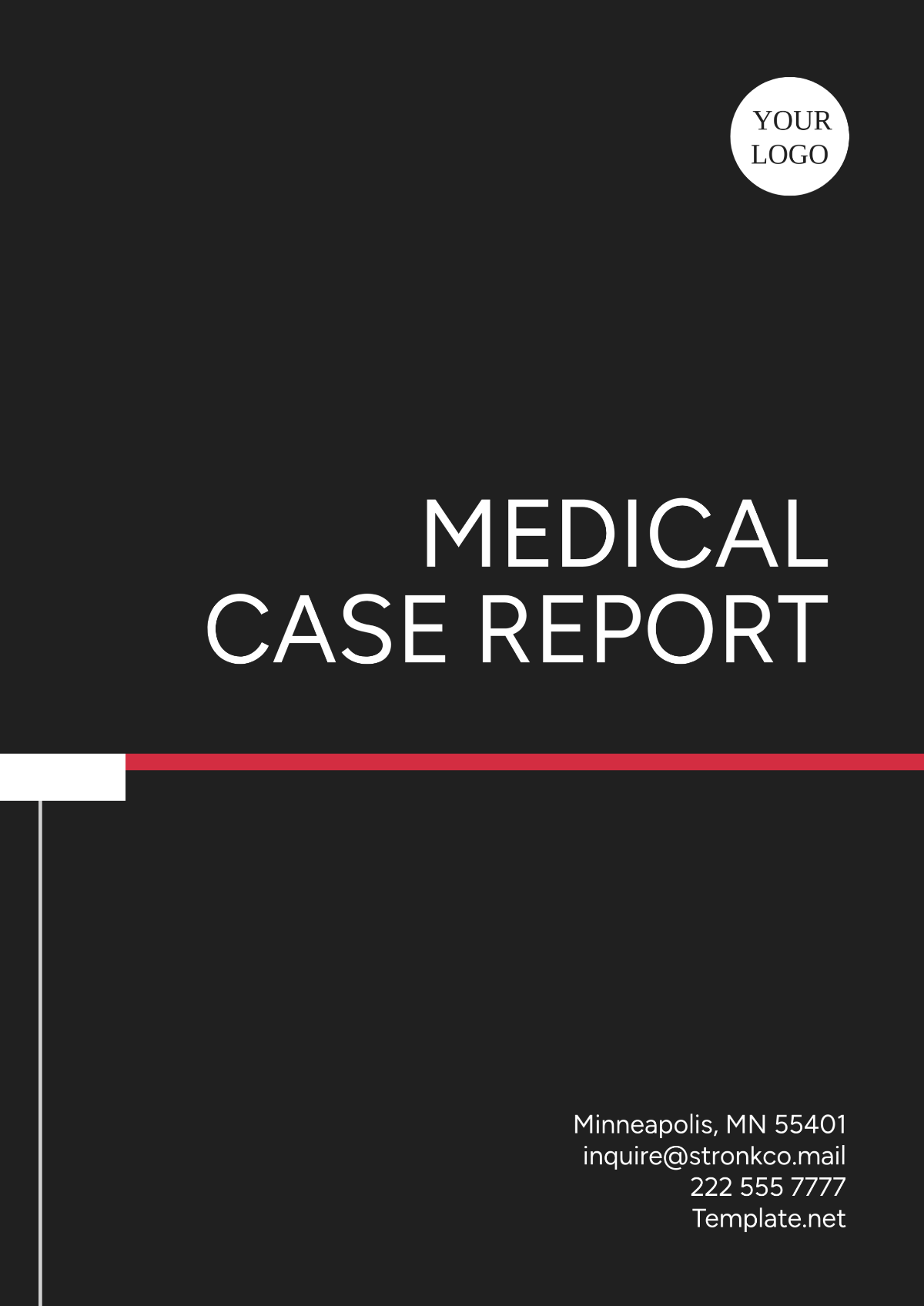
Date of Submission: February 14, 2060
Title: A Rare Presentation of Lupus Nephritis in a 28-Year-Old Patient with Rapid Renal Deterioration
Authors:
Dr. Johnathan A. Smith, MD, Nephrology Department, University Hospital, New York City, USA
Dr. Emily M. Chen, MD, Immunology Department, University Hospital, New York City, USA
Abstract
This case report discusses a 28-year-old woman diagnosed with lupus nephritis presenting with rapid renal function deterioration, a relatively rare manifestation in young patients. The report highlights the diagnostic process, therapeutic interventions, and the patient’s favorable response to immunosuppressive therapy. This case emphasizes the importance of timely diagnosis and a multidisciplinary approach to managing systemic lupus erythematosus (SLE) with renal involvement.
1. Introduction
Systemic Lupus Erythematosus (SLE) is a complex autoimmune disease with varying manifestations, often affecting the kidneys in severe cases. Lupus nephritis remains one of the most severe organ complications, posing significant diagnostic and therapeutic challenges. Although SLE commonly presents in young adults, this case is unique due to the rapid onset of renal involvement and the patient’s atypical clinical course, which prompted intensive treatment. This report discusses the steps taken to diagnose, treat, and manage the patient’s condition in 2060.
2. Case Presentation
Patient Details
Age: 28 years
Gender: Female
Date of Admission: March 2, 2060
Presenting Symptoms: Persistent fatigue, joint pain, ankle swelling, facial puffiness, and visible hematuria
Medical History: Family history of autoimmune diseases (mother with rheumatoid arthritis), no prior history of kidney or autoimmune diseases
Social History: Works as a graphic designer, non-smoker, occasional wine consumption on weekends
Allergies: None
Physical Examination
Vital signs on admission: Blood Pressure 150/95 mmHg, Pulse 88 bpm, Respiratory Rate 16/min, Temperature 37.2°C
Physical findings: Swelling in both ankles, pale skin, facial puffiness, mild tenderness in joints without warmth or redness
3. Differential Diagnosis
Given the symptoms, we considered several potential diagnoses, each supported by specific signs and test results:
Chronic Kidney Disease: Due to hematuria and hypertension, chronic kidney issues were initially suspected.
Systemic Lupus Erythematosus (SLE): Symptoms such as joint pain, swelling, and hematuria, combined with the family history of autoimmune diseases, raised the suspicion of SLE.
Glomerulonephritis: A common cause of hematuria and edema, often due to inflammation in the kidney’s glomeruli, making it a plausible consideration.
After initial tests, SLE became the primary suspected cause due to positive autoantibody results.
4. Diagnostic Assessment
A series of laboratory and imaging studies were conducted to confirm the diagnosis and assess the extent of kidney involvement.
Laboratory Tests
Complete Blood Count (CBC): Mild anemia with hemoglobin at 10.5 g/dL, white blood cell count at 4,000/mm³, platelet count within normal limits
Serum Creatinine: Elevated at 1.9 mg/dL on admission, indicating reduced kidney function
Blood Urea Nitrogen (BUN): Elevated at 28 mg/dL
Urinalysis: Presence of hematuria and significant proteinuria (3+), indicative of renal pathology
ANA (Anti-Nuclear Antibody) Test: Positive at a titer of 1:1280
Anti-dsDNA Antibody Test: Strongly positive, confirming active lupus involvement
Imaging Studies
Renal Ultrasound (March 5, 2060): Kidneys were slightly enlarged with increased echogenicity, suggesting inflammatory or autoimmune involvement.
Renal Biopsy (March 8, 2060): Confirmed Class III lupus nephritis (focal proliferative), guiding the treatment plan.
5. Therapeutic Intervention
Following confirmation of lupus nephritis, a treatment plan was promptly initiated to manage inflammation and protect renal function.
Initial Treatment
Prednisone: 60 mg daily starting March 10, 2060, to manage inflammation. The dosage was planned to taper gradually based on the response.
Mycophenolate Mofetil (MMF): 1,500 mg twice daily as an immunosuppressive agent to reduce kidney inflammation.
Hydroxychloroquine: 200 mg daily to support long-term management of SLE and prevent flares.
Adjunct Therapy
ACE Inhibitor (Lisinopril): 10 mg daily to manage blood pressure and provide renal protection.
Calcium and Vitamin D supplements: Prescribed to mitigate steroid-induced bone loss.
Patient Education
The patient was educated on medication adherence, avoiding sun exposure to reduce lupus flares, and recognizing signs of infection, given the immunosuppressive therapy.
6. Follow-Up and Outcomes
After discharge, the patient was monitored regularly to evaluate treatment efficacy and adjust medications as needed.
Follow-Up Timeline
March 24, 2060: Noticeable reduction in ankle swelling, creatinine stabilized at 1.5 mg/dL, no new symptoms. Prednisone was reduced to 40 mg daily.
April 15, 2060: Continued improvement in renal function, proteinuria reduced to trace levels. Prednisone was further tapered to 20 mg daily.
June 12, 2060: Patient-reported improved energy levels and no recurrence of hematuria or swelling. Prednisone was reduced to 10 mg daily.
December 2060: Patient stable with normal kidney function, no signs of relapse. Long-term maintenance on hydroxychloroquine and low-dose ACE inhibitor.
7. Discussion
This case underscores the challenges of treating lupus nephritis, an SLE complication. With a family history of autoimmune diseases and rapid renal involvement, quick diagnosis was vital. Early, aggressive treatment often yields positive results, as seen with this patient's response to prednisone and mycophenolate mofetil (MMF). While corticosteroids are essential, they have significant side effects, necessitating careful monitoring. This case supports MMF as an effective treatment with fewer complications than high-dose corticosteroids. By 2060, personalized immunosuppressive therapies may improve outcomes and reduce steroid dependency in SLE patients.
8. Conclusion
This case of lupus nephritis in a 28-year-old female illustrates the importance of a swift and targeted treatment approach for SLE patients with renal involvement. The patient’s response to combination therapy with steroids and mycophenolate underscores the effectiveness of this treatment modality, especially when initiated early. The outcome suggests that remission and long-term renal function stability can be achieved with ongoing monitoring and therapy adjustments. Continued research into tailored therapies may further optimize treatment for lupus nephritis in the coming decades.
References
Smith JD, Greenberg ML. "Lupus Nephritis: Current Trends in Treatment." Journal of Autoimmune Diseases. 2059; 12(3): 214-226.
Chen EM, Brown PL. "Long-Term Outcomes in Lupus Nephritis Patients: The Role of Mycophenolate Mofetil." Nephrology Advances. 2060; 8(2): 102-115.
Nguyen L, Patel K. "Combination Therapy in Lupus Nephritis: A Comparative Study." Clinical Rheumatology. 2058; 15(1): 98-107.
- 100% Customizable, free editor
- Access 1 Million+ Templates, photo’s & graphics
- Download or share as a template
- Click and replace photos, graphics, text, backgrounds
- Resize, crop, AI write & more
- Access advanced editor
Capture critical medical case details with this editable Medical Case Report Template from Template.net. This fully customizable report format allows you to seamlessly organize patient data, clinical findings, and treatments. Editable in our AI Editor Tool, it's the ideal solution for healthcare professionals looking for a professional and user-friendly template.
You may also like
- Sales Report
- Daily Report
- Project Report
- Business Report
- Weekly Report
- Incident Report
- Annual Report
- Report Layout
- Report Design
- Progress Report
- Marketing Report
- Company Report
- Monthly Report
- Audit Report
- Status Report
- School Report
- Reports Hr
- Management Report
- Project Status Report
- Handover Report
- Health And Safety Report
- Restaurant Report
- Construction Report
- Research Report
- Evaluation Report
- Investigation Report
- Employee Report
- Advertising Report
- Weekly Status Report
- Project Management Report
- Finance Report
- Service Report
- Technical Report
- Meeting Report
- Quarterly Report
- Inspection Report
- Medical Report
- Test Report
- Summary Report
- Inventory Report
- Valuation Report
- Operations Report
- Payroll Report
- Training Report
- Job Report
- Case Report
- Performance Report
- Board Report
- Internal Audit Report
- Student Report
- Monthly Management Report
- Small Business Report
- Accident Report
- Call Center Report
- Activity Report
- IT and Software Report
- Internship Report
- Visit Report
- Product Report
- Book Report
- Property Report
- Recruitment Report
- University Report
- Event Report
- SEO Report
- Conference Report
- Narrative Report
- Nursing Home Report
- Preschool Report
- Call Report
- Customer Report
- Employee Incident Report
- Accomplishment Report
- Social Media Report
- Work From Home Report
- Security Report
- Damage Report
- Quality Report
- Internal Report
- Nurse Report
- Real Estate Report
- Hotel Report
- Equipment Report
- Credit Report
- Field Report
- Non Profit Report
- Maintenance Report
- News Report
- Survey Report
- Executive Report
- Law Firm Report
- Advertising Agency Report
- Interior Design Report
- Travel Agency Report
- Stock Report
- Salon Report
- Bug Report
- Workplace Report
- Action Report
- Investor Report
- Cleaning Services Report
- Consulting Report
- Freelancer Report
- Site Visit Report
- Trip Report
- Classroom Observation Report
- Vehicle Report
- Final Report
- Software Report
